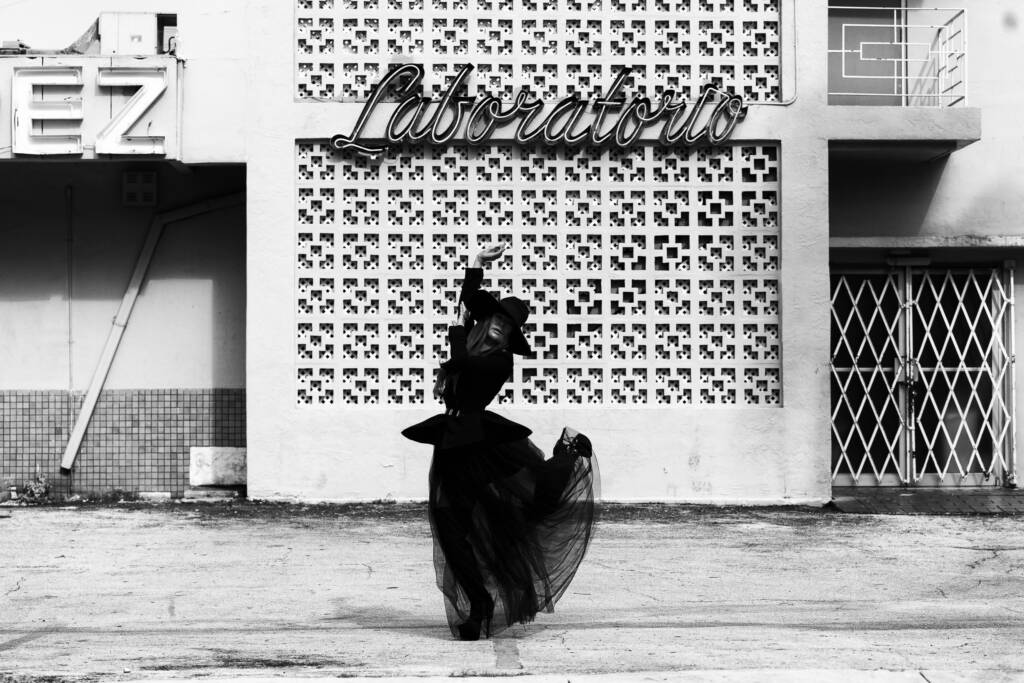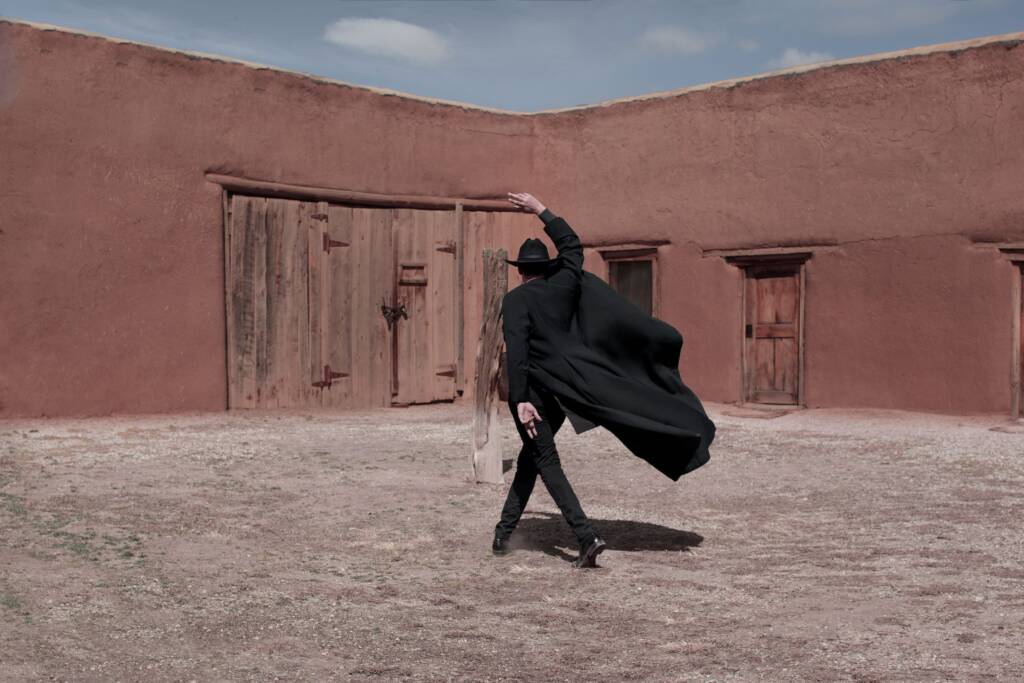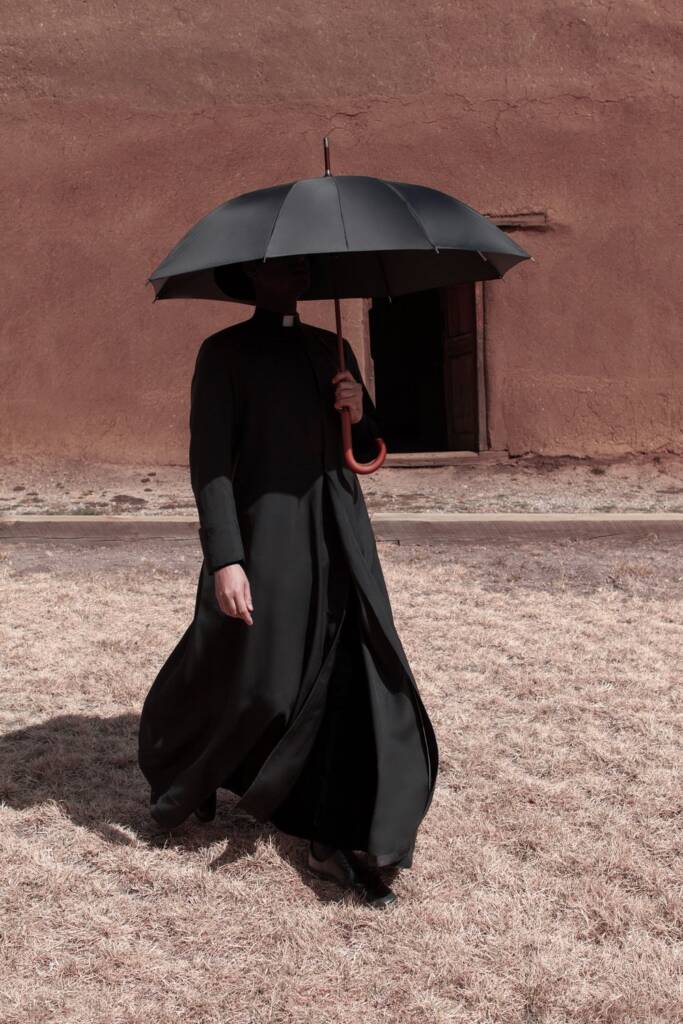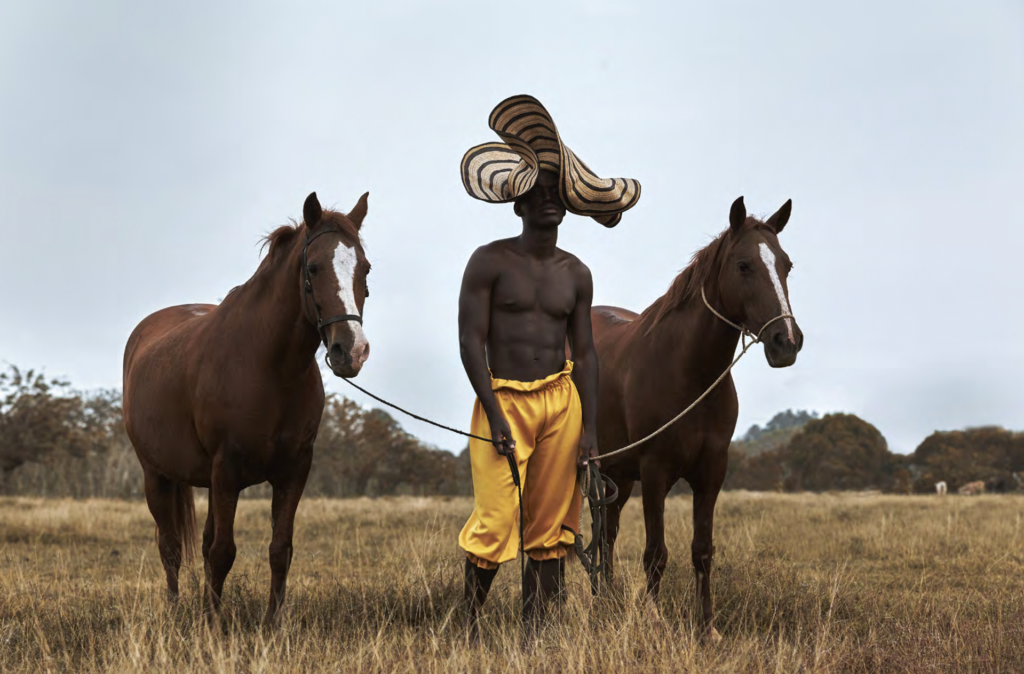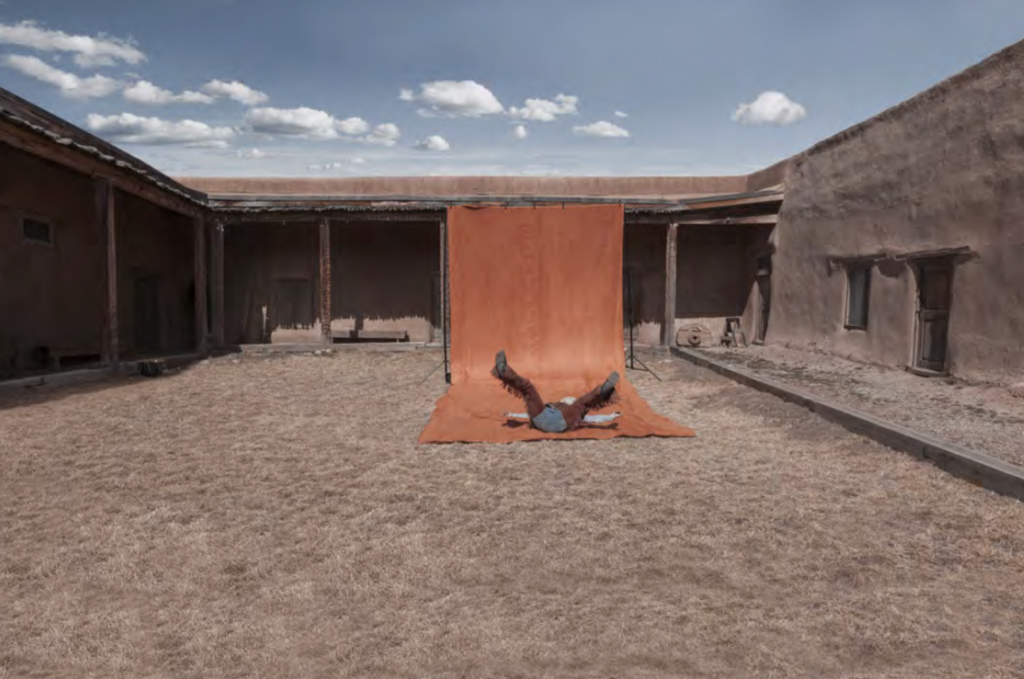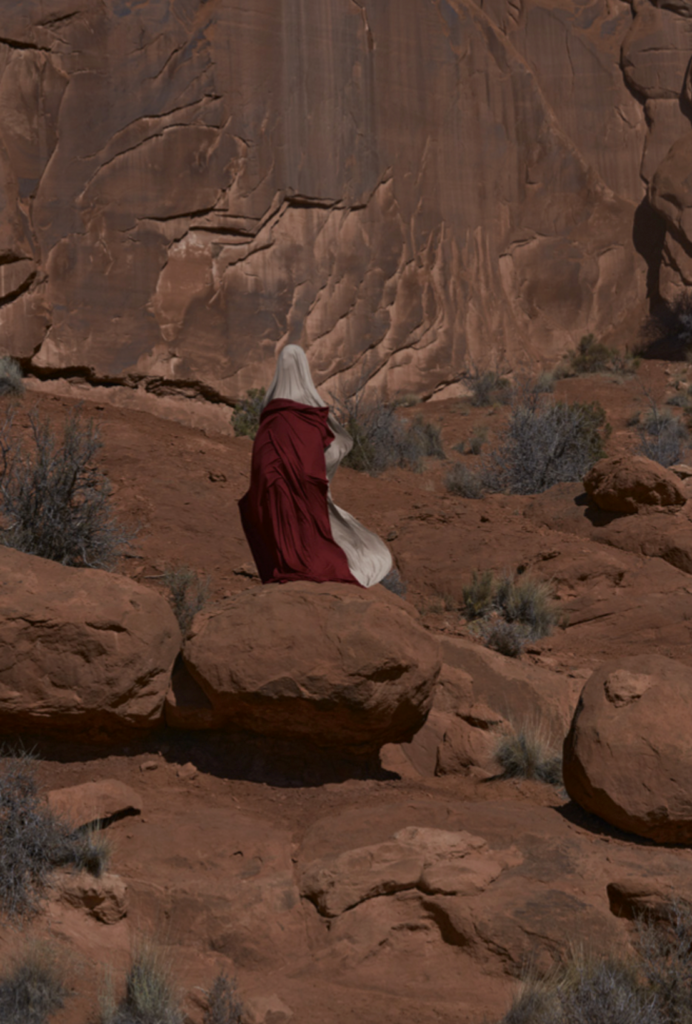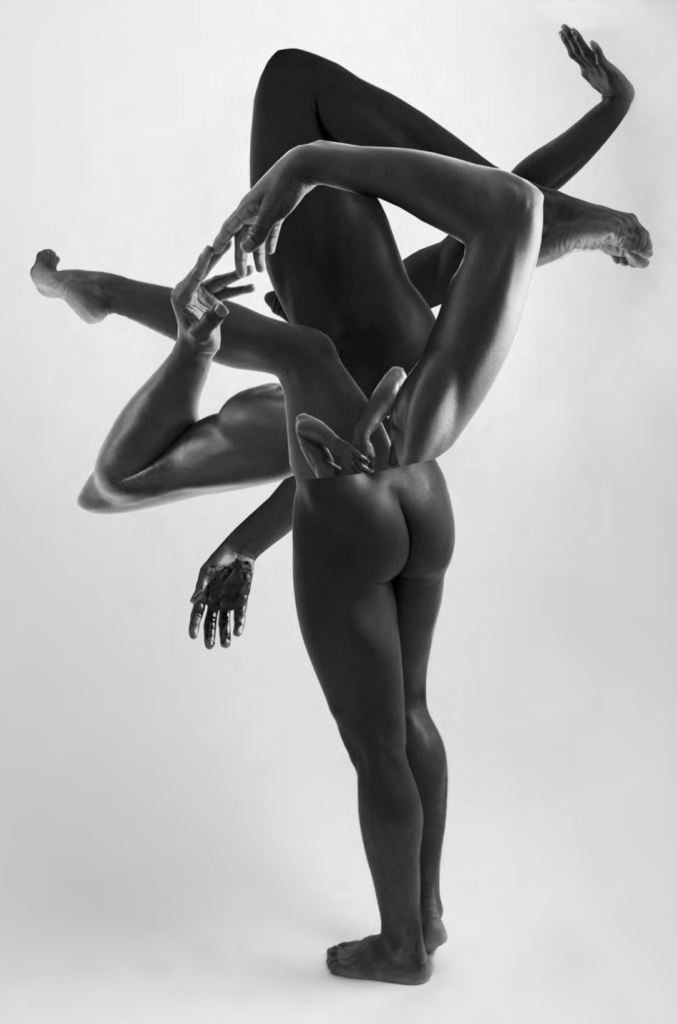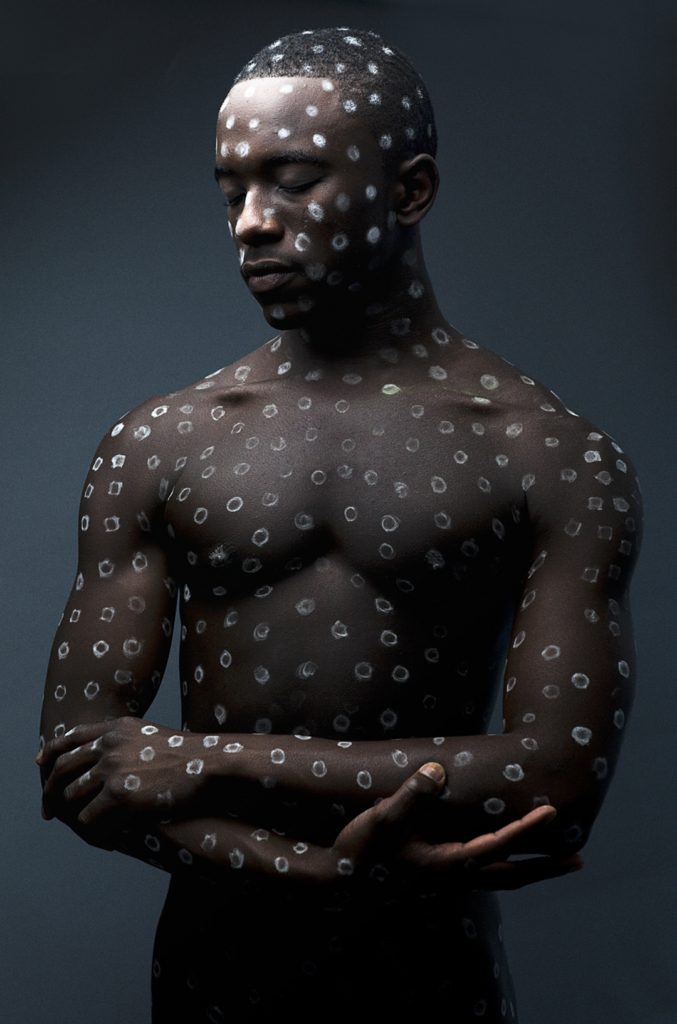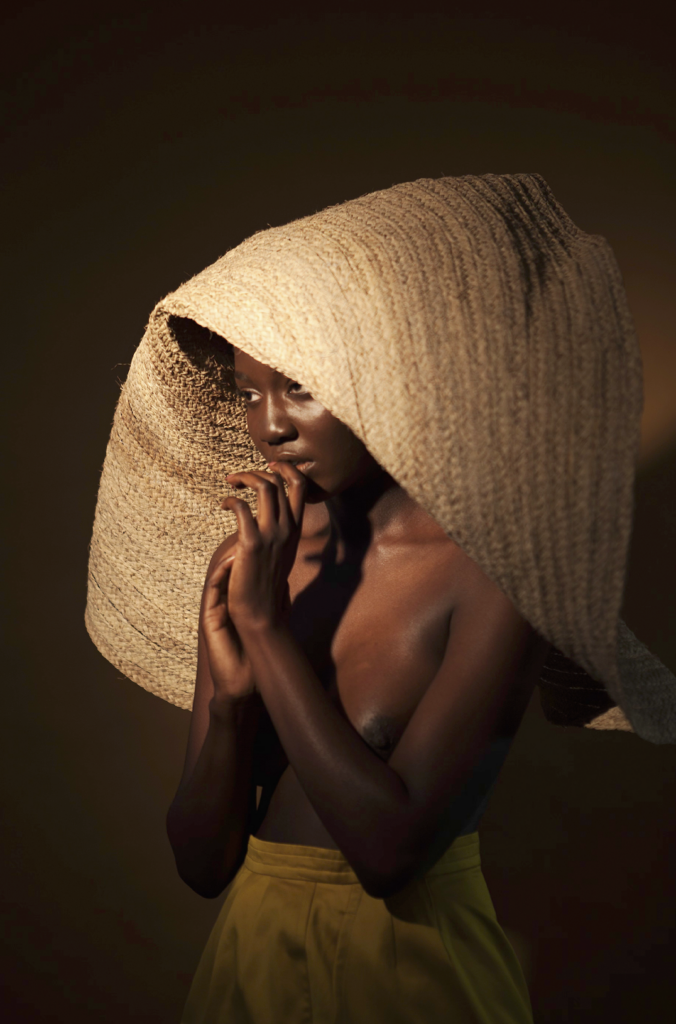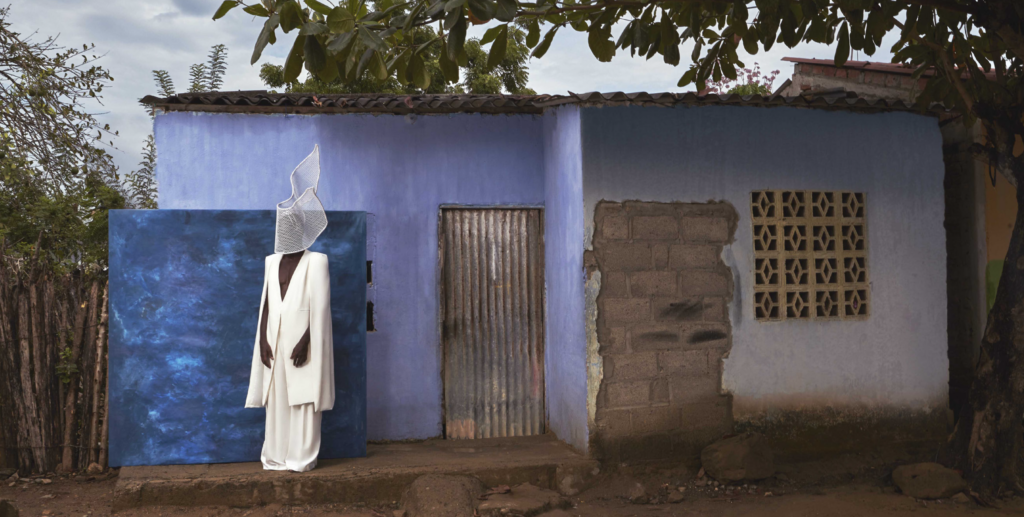
Exploring Magical Realism Photography: The Art of Juan Sebastian
The mesmerizing world of magical realism photography is masterfully embodied in the compelling works of Juan Sebastian. His photographs transcend mere images, becoming poetic tableaux where the ordinary meets the fantastical. Influenced by literary masters like Gabriel García Márquez and Isabel Allende, Sebastian’s art delicately balances reality with fiction, creating ephemeral worlds rich in narrative and symbolism.
Theatrical Foundations in Photography
Educated at the University of Miami, Sebastian holds degrees in Visual Journalism and Theatre as well as a Master of Fine Arts in Photography. These combined disciplines deeply inform his visual storytelling, resulting in photographs imbued with dramatic expression and nuanced insight. Each series he produces delves into profound themes such as beauty, identity, time’s passage, and the intricate relationship between the human body and its environment.
Corazon Mulato: Embracing Cultural Legacy
One of Sebastian’s most notable examples of magical realism photography is his acclaimed series, Corazon Mulato. Set in the historic Colombian city of San Basilio de Palenque, this body of work presents baroque-inspired portraits infused with vivid colors. Sebastian captures the enduring influence of African culture, contrasting everyday life with regal, surrealistic elements to evoke themes of freedom and liberation.
Redefining Beauty Through Magical Realism Photography
Sebastian consistently challenges conventional beauty standards by choosing models who represent unconventional aesthetics. This intentional choice questions mainstream cultural ideals, positioning his magical realism photography as a powerful commentary on societal norms. His elaborate process often involves theatrical productions complete with actors, intricate set designs, and detailed costumes, which blur boundaries between reality and fantasy. Notable examples include his evocative works Agosto and Tabú, transforming ordinary scenes into extraordinary symbolic narratives.
Confronting and Reinterpreting Traditional Narratives
Grounded in magical realism, Sebastian’s photography thoughtfully confronts Eurocentric and patriarchal perspectives, presenting them in fresh, transformative contexts. His images subvert traditional narratives, emphasizing a shared humanity beyond superficial distinctions. Each piece creates a liminal space—mysterious and poetic—that bridges reality and imagination, characterized by quiet disturbance and profound ambiguity.
By exploring magical realism photography through Juan Sebastian’s artistry, viewers are invited into a captivating realm where theater, fantasy, and the human condition intersect, challenging perceptions and inspiring deeper reflection.

